Luxuriously soft sustainable bedding for eco-conscious sleepers
Written in collaboration with Yeo Valley
We’re all failing spectacularly to deal with our rubbish, especially single-use plastics – but is plastic bad?
Total waste from households increased to 22.6 million tonnes in 2020 from 22.1 million tonnes in 2019, according to the latest government statistics. Alongside this, the total amount of recycled waste from households decreased.
But, the problem isn’t you or me. It’s how the whole system works (or rather, doesn’t work).
The question isn’t just about what we as individuals need to do with our rubbish and recycling. It’s much bigger than that.
It’s about how we restructure the waste and recycling system so that we design rubbish out of it and better recycling into it.
Globally we’ve already created over 8.3 billion metric tonnes of plastic. Plastic production is expected to double over the next 20 years, and nearly quadruple by 2050. Already, up to 12 million tonnes of plastic enter our oceans each year.
Last year’s annual Plastics Pact report reported 52% of plastic was recycled or composted – not nearly enough.
Other reports suggest there is a lot of clever accounting going on and that only 9% of plastic is recycled domestically, here in the UK – the rest is sent abroad where it’s being burnt, dumped and eventually up in our rivers and oceans.
Why is plastic recycling so difficult? How can we recycle it better? And is recycling even worth it?
We unpack the myths and answer nine of your most frequently asked questions about plastics…
1. Why is plastic recycling difficult?
*Spoiler* It’s not your fault
First things first, you’re not the only one!
Standing at the bin, trying to work out what can go in the recycling and what needs to go to landfill (gulp), and what in the world to do with compostable/biodegradable packaging, is a rubbish dilemma we all face multiple times a day.
Plastics are arguably the most confusing material of them all, it’s a whole other league.
Currently, in the UK, every borough, county, street seems to have different rules. You can go five miles down the road and find the rules of the game completely changed. It’s a minefield, to say the least.
We spoke with Yeo Valley’s Packaging Procurement Manager, Joe Bower, to for an expert opinion.
He made some brilliant points, the first one being: “Fundamentally, the onus shouldn’t be on consumers and well-intentioned recyclers to know whether something is recyclable or not. It’s up to big businesses and the government to restructure the system.”
So what needs to happen? Well, three things, according to Bower:
- We need to standardise recycling collections (which will hopefully happen by 2024).
- We need to communicate very clearly – on all packaging – what is recyclable and what isn’t recyclable.
- We need to invest in better recycling sorting processes so that contamination is reduced at the recycling facility
Until then, all we can do is each play our small part, continuing to recycle the best we can – which leads nicely onto our next point…
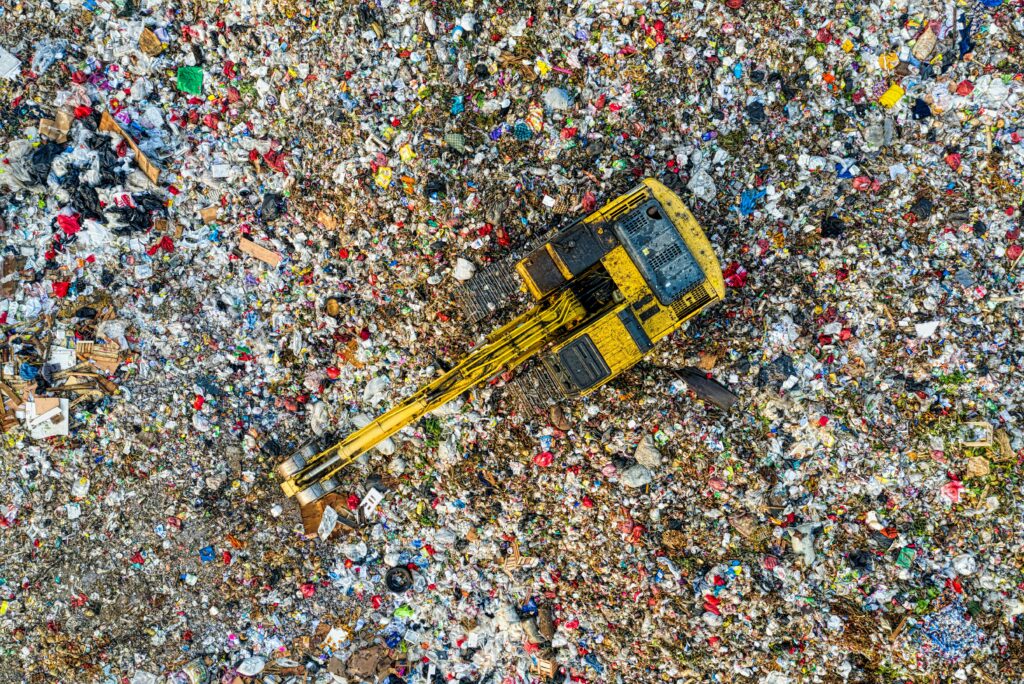
2. Why is plastic recycling important?
The most important thing is to not get disheartened.
It’s easy to question what’s the point of trying to avoid single-use plastics and recycling when it does end up in our shopping baskets. Does it really make any difference?
The answer is, yes!
For every one ton of plastic that is recycled, around seven yards of landfill space is conserved. Landfill space is rapidly diminishing, so this is significant in preventing them from overflowing into the environment.
Recycling also requires a lot less energy than creating new plastics, so reduces fossil fuel emissions.
Our simple act of recycling not only helps the environment, but can also add pressure to the demand for better regulation.
As Jo Morley, head of campaigns for City to Sea, an environmental charity focused on plastic pollution, puts it:
“Our small changes really do make a difference, together we can show big brands, business and government that we need to see action on plastics.”
What else you need to know…
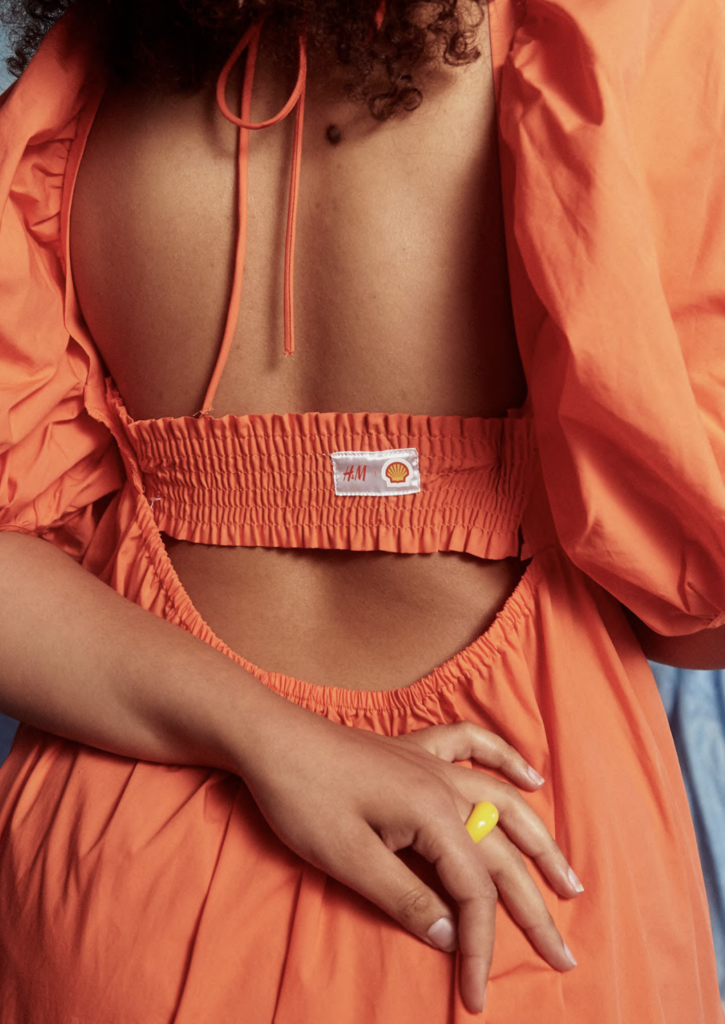
Plastic free UK
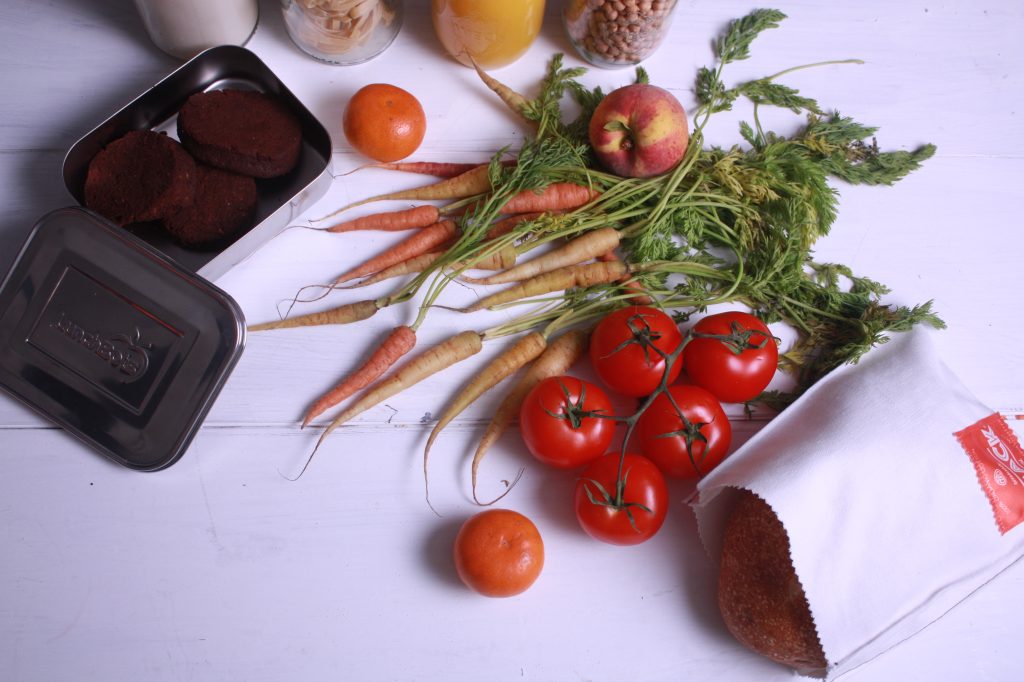
Plastic free shops, London
3. How can I make my recycling count? Top tips:
The first step is to figure out what goes where – and to not beat yourself if you’ve been getting it wrong.
Looking for the OPRL labels can help when trying to determine if something is recyclable. OPRL is a scheme that aims to deliver a simple, consistent and UK-wide recycling message for packaging – whatever the sector. We need more of this!
Another simple but crucial step is to wash and dry your recycling.
“Food waste is a massive contaminant and therefore a big recycling issue. So if you’ve got a yoghurt pot, rinse it out for two seconds before you put it in the recycling bin, and that will really help,” says Bower.
Finally follow the three stages in order: “Reduce, Reuse, Recycle”. When it comes to plastics, first try to ‘reduce’ by avoiding single-use items where you can. Then see if you can reuse your plastic items before you recycle them.
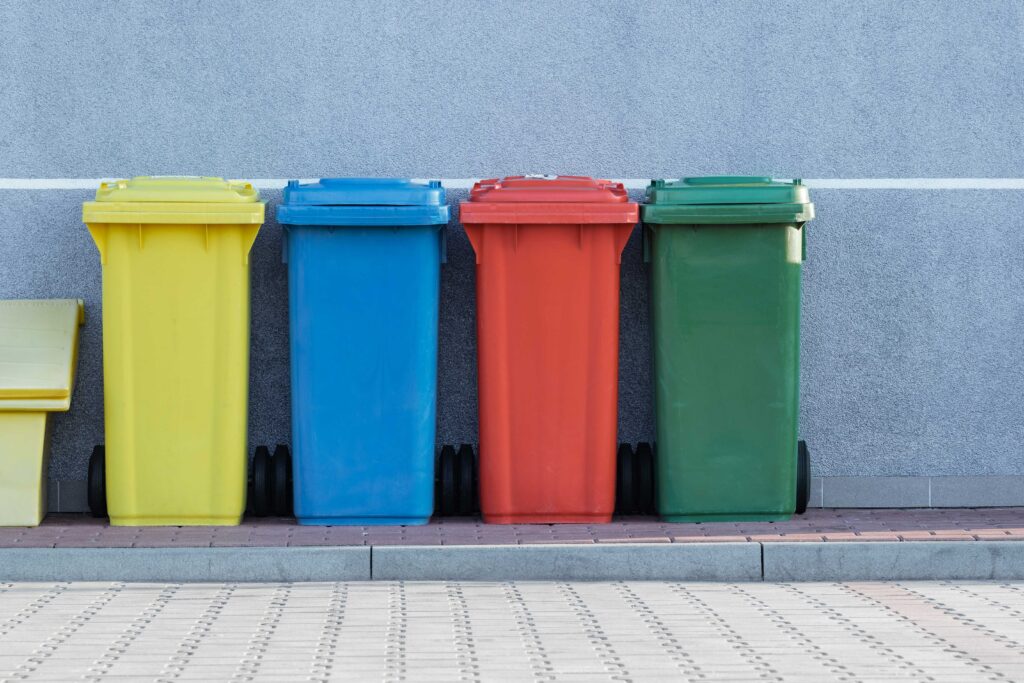
4. Can all plastic be recycled? General recycling rules:
Did you know there are seven types of plastics classifications – each with different recyclability? (Don’t worry, we didn’t either).
Looking online, you’ll likely find conflicting advice on which plastics you can recycle.
But as a general rule, if you see the numbers 1 – PET (Polyethylene Terephthalate), 2 – HDPE (High Density Polythene) and 5 – PP (Polypropylene) on your plastic packaging, you can put it in your curbside recycling.
The remaining plastics, 3 – PVC (Polyvinyl Chloride), 4 – LDPE (Low Density Polythene), 6 – PS (Polystyrene), and 7 – ‘other’, either can’t be recycled or require complex specialist recycling. The general advice for these types of plastics is to reuse them where you can, and if you can’t, put them in your normal household bin.
Here are some specific items to avoid putting in your recycling bin:
- Metallised plastic film (crisp packets and birthday balloons)
- Plastic-coated paper (paper cups and straws)
- Cling film
- Blister packaging (pill medicine packets)
- Biodegradable and compostable plastic
- Thermosetting plastics (acrylic, polyester, polystyrene, nylon)
If you’re ever unsure whether something can be recycled, your best bet is to put it in your household bin. This avoids contaminating your recycling and causing more harm than good.
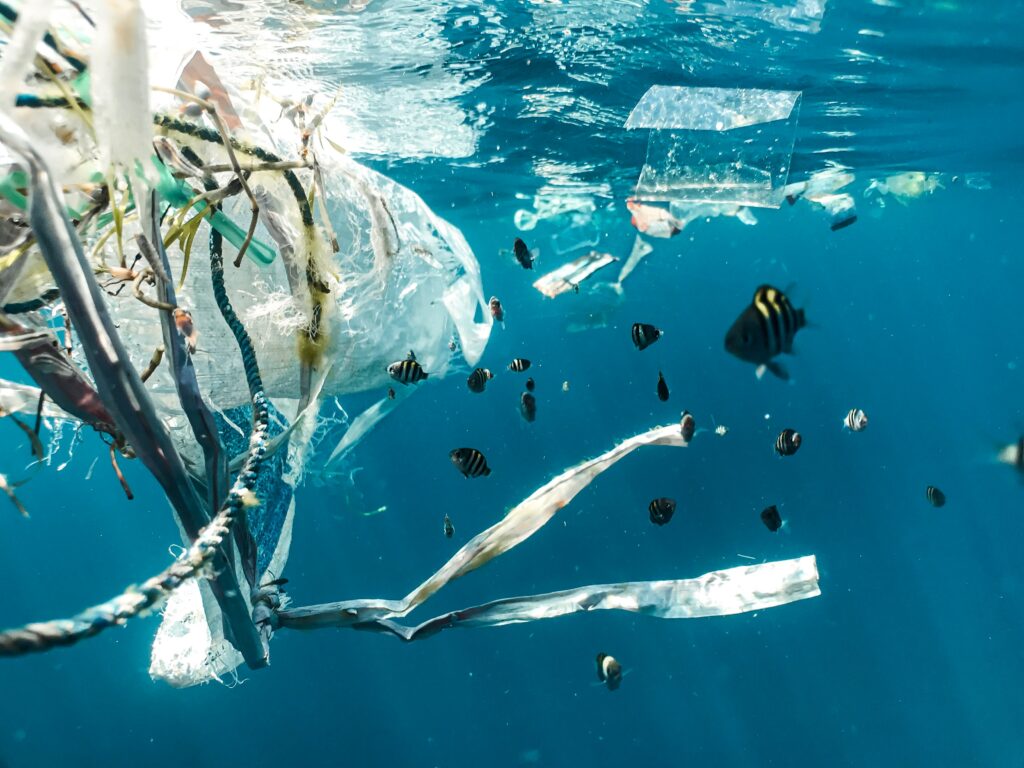
5. Plastic is not fantastic… Or is it?
Plastic gets a bad rep, and for good reason. But, actually, it can be pretty fantastic. It’s the way we ab(use) it that’s shocking.
“In terms of carbon footprint, plastic is actually one of the most sustainable food packaging materials, because it’s so light and it has really good recyclability. It also keeps products fresh for longer and gets products to peoples’ homes intact, which is really important when it comes to reducing food waste,” says Bower.
“The issue we have with plastic is that too much of it is escaping into the environment which is unacceptable. But, that’s a problem with the waste stream rather than the material itself.
“We need to reduce the amount of plastic we use. We need to recycle plastic properly. But, in terms of eliminating plastic entirely, I’d say that’s not always the right choice.”
6. Does recycling plastic help the environment? Virgin vs. recycled
Recycled plastic has a dramatically lower carbon footprint than new (virgin) plastic. Its production requires much lower energy than the production of virgin plastic from raw chemicals. For instance, it takes 75% less energy to make a plastic bottle from recycled plastic compared with using ‘virgin’ materials.
A study showed that Post-Consumer Recycled (PCR) plastic production reduces environmental impacts by 46-79% when compared to virgin plastic production.
Though plastic slightly reduces in quality and durability each time it gets recycled, this is far outweighed by its environmental benefits.
The fact is, we shouldn’t nor do we need to produce more plastic.
We need to make use of what we have and change our habits so that we need less of it.

7. Plastic vs. glass
Plastic has a dramatically lower carbon footprint than glass – as long as it’s treated properly at the end of life. Recycled, it has a lower carbon footprint still.
However, plastic falls short in that it’s typically single-use – around half of all global plastic production is single-use.
While glass takes a lot more energy to make and safely transport, its higher carbon footprint can be spread out by its re-usability.
Bower explains: “Both plastic and glass can have good sustainability credentials. Ultimately, it depends on the product and whether they are used correctly.
“Let’s take milk bottles for example. Plastic milk bottles have a high rate of being recycled. They also contain high amounts of recycled plastics, so very little new plastic is being produced. The plastic used is also quite thin and lightweight, so it’s good in terms of sustainability.
“Glass milk bottles, in comparison, generate a much higher carbon footprint because a lot of heat is required to blow glass. The same can be said for recycling glass, too. Glass is also heavy and glass milk bottles don’t nest inside each other which makes transporting them less carbon-efficient. However, glass bottles have the benefit of being reusable and they tend to last about 18 uses on average, which spreads the carbon footprint.”
Again, the answer we’re looking for is not just in the material itself but how we use it.
8. Plastic vs Tetra Pak
Tetra Pak seems to be all the rage these days. And just by looking at it, you would think it’s the hip, greener option – it’s basically just paper, right?
Wrong. Tetra Pak is actually a composite of wood, aluminium and plastic. These materials aren’t easily separated, making recycling a lot more complicated.
While in most areas in the UK, Tetra Pak food and drink cartons, such as for soup, orange juice and long-life milk are accepted in your normal recycling, not all councils collect them, so check your postcode locator if you’re unsure.
9. Plastic-wrapped organic vs. plastic-free non-organic.
Do you ever find yourself in the supermarket facing the dilemma of whether to choose plastic-free non-organic veg or plastic-wrapped organic veg? Us too.
Bower makes this one easy:
“One thing to keep in mind is that the majority of the carbon footprint of a product is produced by the actual product inside the packaging, rather than the packaging itself – we’re talking around an 80-20 split. From that perspective, the organic product will likely be the better choice,” he advises.


